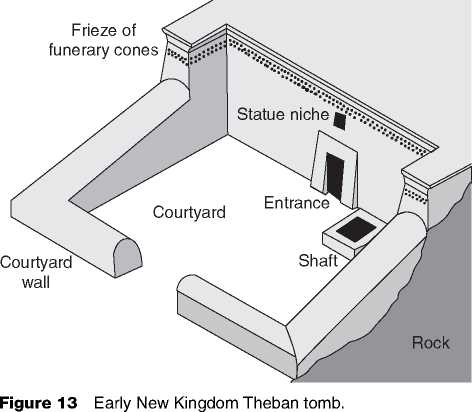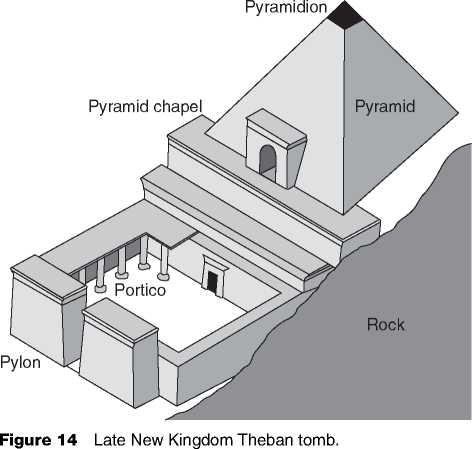The Third Intermediate Period comprises the Twenty-First to Twenty-Fifth Dynasties. The Libyans played a dominating role in the time of the Twenty-First to Twenty-Fourth Dynasties. Their homeland was the Cyrenaica where they originally had an economy based on pastoral nomadism. Major areas of Libyan settlements in Egypt were located between Memphis and Herakleopolis, and in the oases of the Western Desert, but most were situated in the western Delta. While there is no distinct material culture linked to


The Libyans in Egypt, their very un-Egyptian names, such as Takelot, Sheshonq, and Osorkon, make it clear that they maintained their ethnic identity. The first king of the Twenty-First Dynasty was Smendes who ruled in the new northern capital at Tanis, while the south was controlled by the High Priest of Amun. Seeing the weakening power and influence of the High Priest in Thebes Sheshonq managed to install his son there and to some degree Egypt was united again under his rule. Subsequently, however, rival dynasties fought for the crown, and in fact the Twenty-Second to Twenty-Fourth Dynasties ruled simultaneously in different parts of the country. Major sites were Tanis, Bubastis, and Sais. Since these Delta sites have been little explored, however, our knowledge is rather poor. The Third Intermediate Period ended with the
Twenty-Fifth Dynasty, a house of rulers that came from Kush in the South who conquered Egypt and ruled Egypt without rivals from c. 715-656 BC.
Tanis
The city is strategically well located in the eastern Nile Delta, just north of the former capital of the Ramesside kings. Many stone blocks were taken from that earlier site to erect the new residence. Even statues and reliefs from the Old and Middle Kingdoms were re-used at Tanis. The new rulers of the Twenty-First Dynasty abandoned the Valley of the Kings and had their tombs built within the sacred precinct of a temple. In general, the idea of lifelong planning for a tomb disappeared and many private and sometimes royal burials were placed in existing New Kingdom tombs or mortuary temples. Nevertheless, the richer burials contained beautifully decorated coffins of the highest quality.
When French Egyptologist Pierre Montet started to excavate at Tanis in the 1920s, he was convinced that he had discovered the capital of the Ramesside kings and wanted to find documents and monuments that would confirm the Biblical account of the Exodus. Surprisingly, he came across the royal tombs of the Twenty-First and Twenty-Second Dynasties, which were situated in the large mud-brick enclosure (430 X 370 m) of the Amun temple. Of the six subterranean tombs, all but the one of the third ruler of the Twenty-First Dynasty, Psusennes I, were robbed. The tombs were built of stone and mud-brick and were of modest size. The tomb of Psusennes contained not only the body of the king but the mummy of his successor, Amenemope, as well as the body of a general. With a golden mask on his face the king was placed in a silver coffin. This in turn was put inside an anthropoid sarcophagus of black granite which itself was placed in a rectangular chest of pink granite. Many precious objects of silver, gold, and lapis lazuli were discovered at Tanis in the spring of 1939. The outbreak of World War II, however, meant that these treasures are less well known than those of Tutankhamun.




 World History
World History









